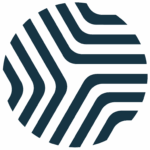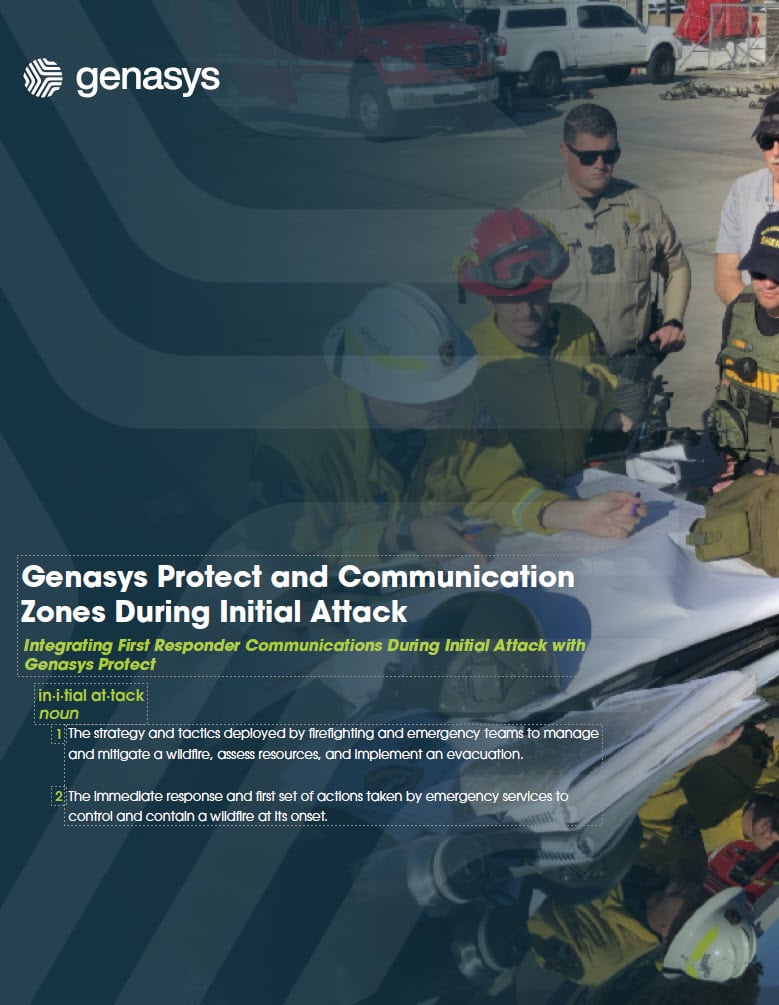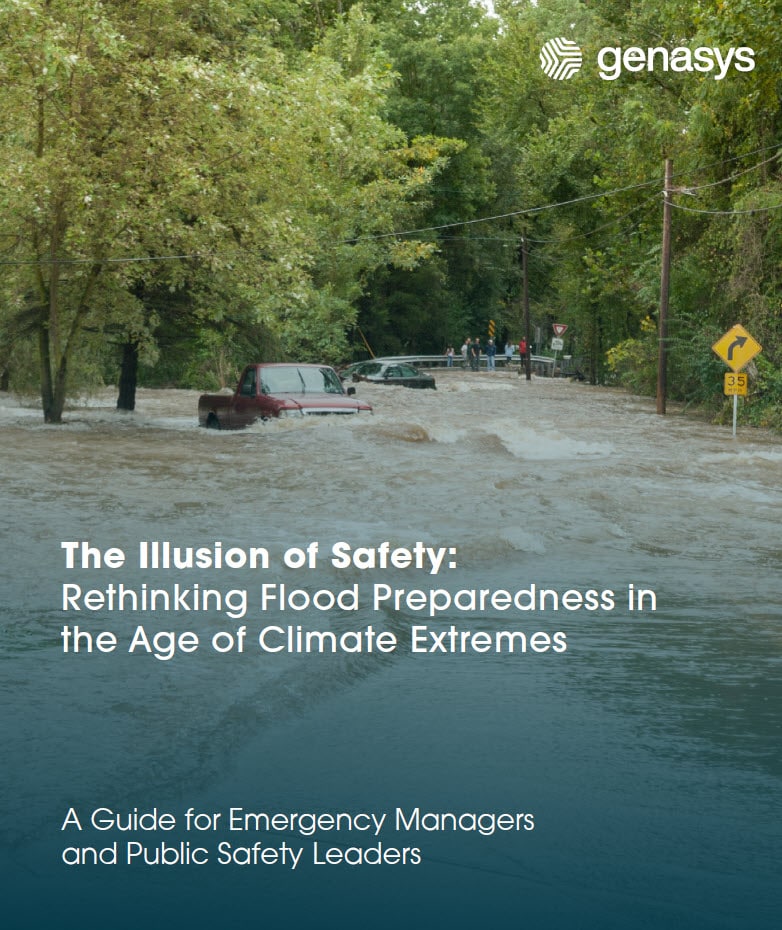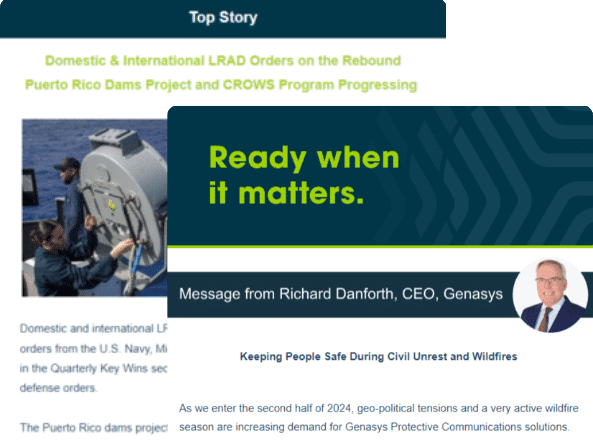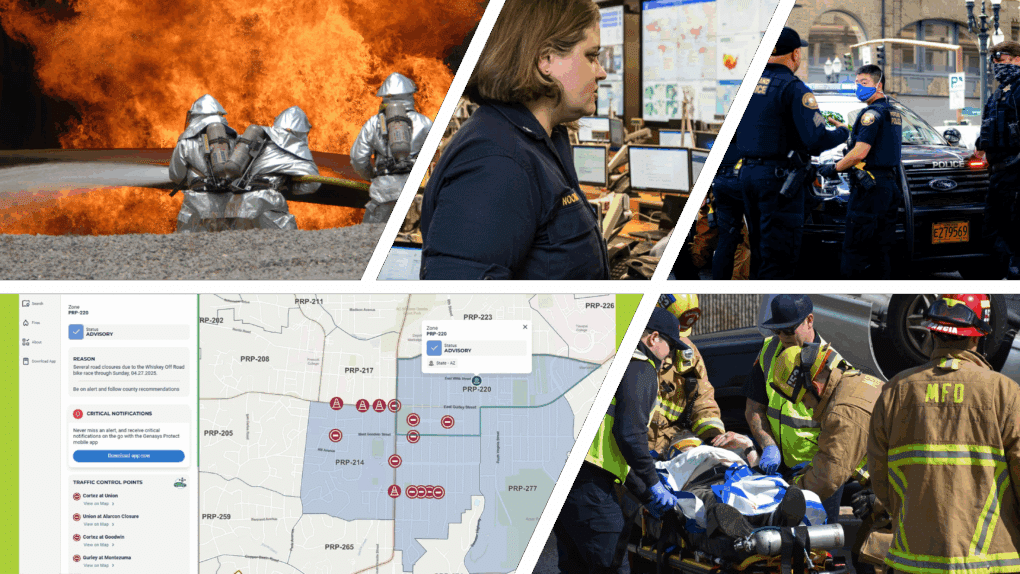By Tiffany Menchaca, Account Executive – SLED, Genasys Inc.
When it comes to critical infrastructure protection and large facility safety, speed and accuracy in emergency communications are crucial. Large facilities, whether industrial plants, utilities, or other essential sites, face unique challenges during emergencies. Communicating swiftly, coordinating across agencies, and reaching the public quickly can save lives.
1. Time Constraints: Speed Saves Lives
In emergencies, time is everything. The sooner an incident is detected, the more effectively responders can act. Many large facilities still rely on manual detection methods, which are slow and prone to errors. In high-risk environments, every second counts.
Integrating facility sensors can solve this problem. Sensors monitor conditions like gas leaks, chemical spills, or structural integrity. For example, seismic sensors in earthquake-prone areas can trigger automated shutdowns and alerts. At chemical plants, gas sensors detect leaks instantly, broadcasting alerts before the threat escalates. This removes delays and ensures safety officers and first responders are notified immediately.
2. Decision-Making and Cross-Agency Collaboration
Complex emergencies require rapid decision-making and coordination between multiple agencies for critical infrastructure protection. Each agency has its own protocols and tools. Without a unified communication system, this lack of standardization creates confusion and delays.
Emergency managers must make quick decisions: Who needs to evacuate? How do you direct first responders? How do you keep everyone working from the same information? The answer lies in using a unified communication platform. When agencies collaborate on the same system and share real-time data, responses become faster and more coordinated. Everyone stays informed, decisions are streamlined, and lives are saved.
3. Reaching the Public Quickly and Effectively
Communicating with the public during an emergency is one of the biggest challenges for large facilities. Traditional channels like TV and radio can be too slow for urgent situations. The Integrated Public Alert and Warning System (IPAWS) plays a critical role in reaching a broad audience quickly, especially those who may not be registered for local alerts, such as visitors or travelers. However, combining IPAWS with other communication methods, like SMS, mobile apps, or acoustic devices, enhances reach ensuring that everyone—regardless of location or communication preference—receives the information they need.
Using multi-channel communication ensures that no one is left out. SMS, email, mobile apps, voice calls, and even acoustic alerts work together to deliver messages across different platforms. For facilities with loud machinery, like industrial plants, acoustic devices can cut through the noise. Reaching workers in remote areas or visitors unfamiliar with local languages is also possible through diverse alert methods. Multi-channel systems ensure vital safety information reaches everyone, regardless of their situation.
Additional Considerations
Preparedness and Training
Preparedness saves lives. While technology plays a role, integrating systems with training programs ensures staff can act confidently in crises. Emergency communications systems should support drills, simulations, and crisis management exercises. Preparedness reduces response times and ensures seamless coordination during real emergencies.
Advanced Solutions: AI-Powered Disaster and Traffic Modeling
New technologies like AI-powered disaster and traffic modeling enhance emergency response. AI predicts disaster impacts and suggests optimal evacuation routes based on real-time conditions. It helps emergency managers deploy resources more effectively, reducing delays and optimizing safety.
Contact Genasys to learn how Genasys Protect and LRAD enhances safety for your facilities and improves public safety.


